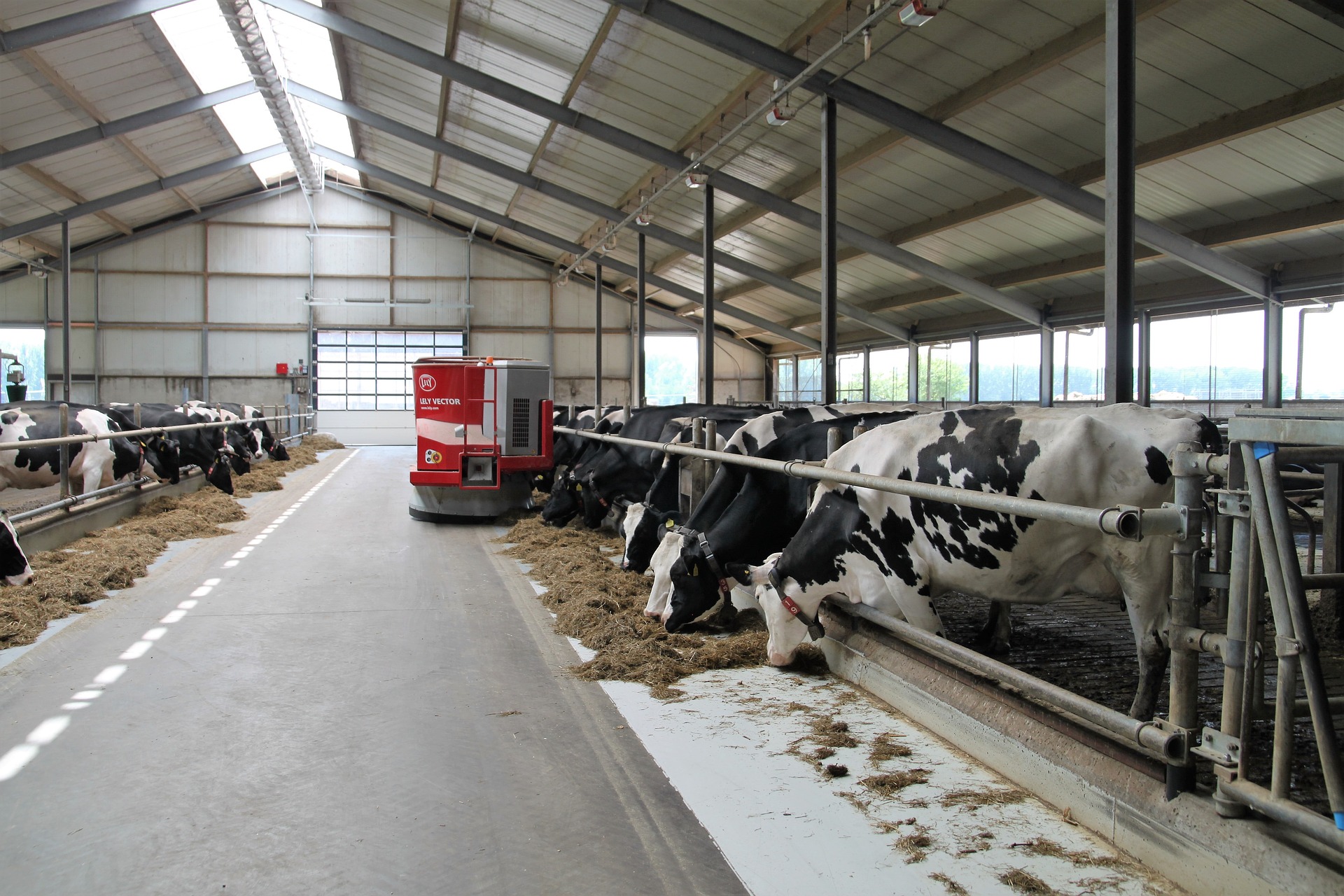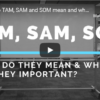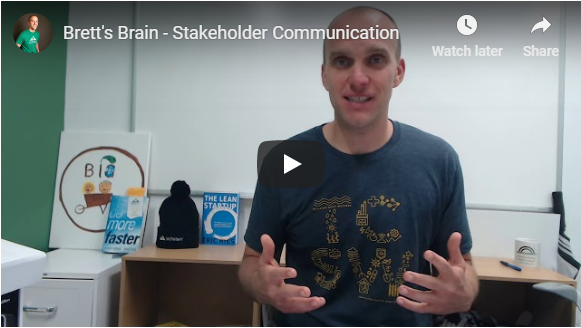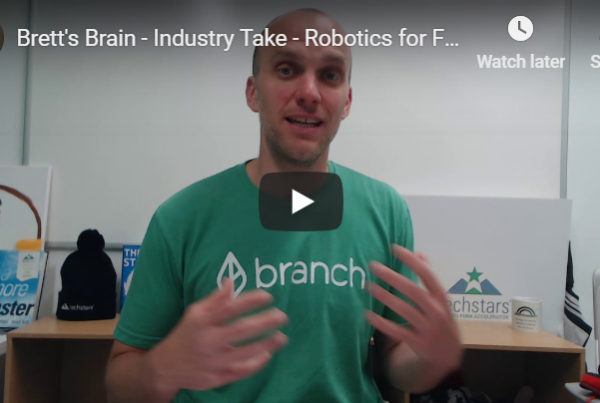13 Cities, 10 Weeks – Food Tech and AgTech is Everywhere!
The last ten weeks have been an absolute whirlwind of meetings with startups, investors, and influencers as the Techstars Farm to Fork Accelerator team has been in thirteen cities! In order: Denver, Boulder, Charlotte, Miami, Kansas City, Seattle, Boston, Memphis, Chicago, West Lafayette, NYC, and San Fran. I know that is only twelve but I’m also counting the Twin Cities!
Before I dig into a few food tech themes here are a few fun facts from the trips:
- The program was well represented, four members of our team traveled to multiple cities including Meredith Englund (Ecolab), Lawrence Wang (Cargill), Jess Stalbaum, and myself.
- We held more than one hundred face to face meetings with entrepreneurs and over twenty with funds focused on the food vertical.
- BBQ was consumed in at least two of the cities, bagels in at least one.
- Finally, every flight was on time, until the final leg when Jess and I were delayed seventeen hours leaving San Francisco.
Five Tech Trends In Food and AgTech
Imaging – There are a variety of imagining technologies being deployed in the food space. One example is spectral imaging another is infrared. While we have observed a wide array of use cases for these technologies here are a few that stand out; the detection of health issues in animals, identifying potential food safety issues, and better understanding a plant’s issues/needs. On top of the imaging trend, computer vision is really starting to enable some amazing startups in the robotics space. Which takes us to the next trend.
Smart Robots – Robotics startups are tackling problems across the entire value chain – in warehouses, on the fields and in the kitchen. On the tech side, AI and computer vision capabilities are to the point where robots can truly work autonomously. The most important market driver for robotics in food is labor shortages. From fork lift drivers to farm hands, companies are struggling to attract and retain labor. It is an acute pain point that screams opportunity for entrepreneurs.
Marketplaces – There are two common use cases that jump out. The first is connecting local farmers with local consumers, both b2b and b2c. Consumers want to know where their food is from and the story behind it. The second trend is in developing economies. In many countries across Africa many entrepreneurs are standing up marketplaces to connect small hold farmers directly to restaurants and consumers. Currently these farmers are price-takers and hold very little power in the supply chain.
Food Safety – With several high profile food safety disasters over the last several years (hi Chipotle!) it is no surprise that there are a plethora of startups in the food safety space. One trend I’ll call out is on-sight, rapid testing units. These enable restaurants, food manufacturing facilities, and farmers to test for issues on-site preventing down time, saving money and enabling more frequent testing.
Vertical Growing – There are literally 100’s of startups in the vertical farming space. From in-home appliance concepts to b2b companies selling to distributors, restaurants and grocers. The space is crowded. Vertical farming is tied to two growing trends, the urbanization of farms and cannabis, which could be entire posts on their own.









Recent Comments